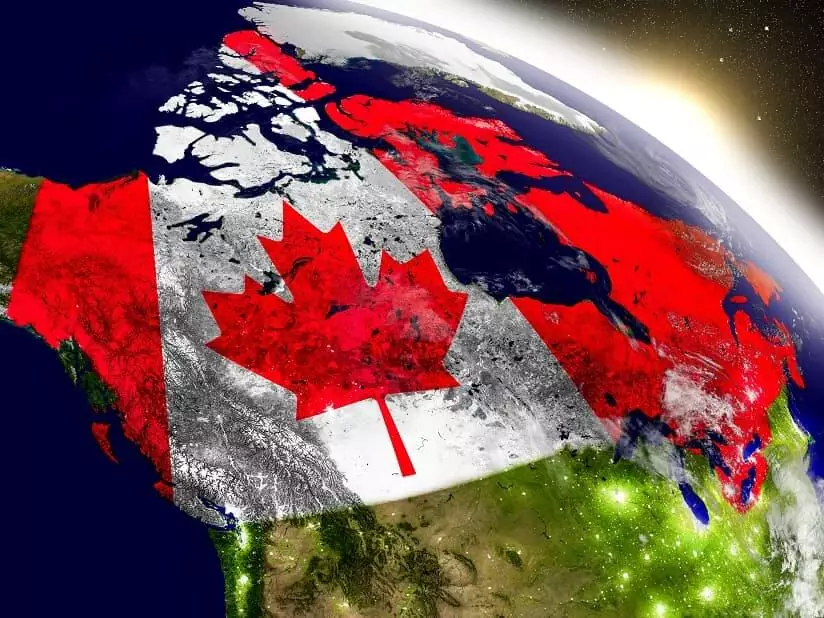Canada is a top destination for immigrants due to its open and well-regulated immigration system. As Express Entry invitations resume for all applicants in July, it is important to understand the various immigration categories available in Canada:
- Express Entry
- Quebec Provincial Program
- Economic Class
- Partners and Spouses
- Family Route
- Resettled Refugees
- Asylum Seekers
Express Entry: Federal Economic Class Pathway
The Express Entry system comprises three programs: the Federal Skilled Workers Program, the Federal Skilled Trades Program, and the Canadian Experience Class. These programs require applicants to meet specific education, work, and language requirements.
Quebec Provincial Program: Unique Immigration Selection
Quebec has a special agreement with the federal government of Canada, granting the province the authority to select immigrants. As the only province with French as an official language, immigrants must learn French to participate in many of its international programs, including the Quebec Skills Workers Program and pilot programs for experts in various fields.
Economic Class: Majority of Immigrants
Most immigrants to Canada fall under the economic class, which includes over 100 pathways for individuals who meet certain requirements and are deemed likely to have a positive economic impact on the country.
Partners and Spouses: Family Sponsorship
Canadian citizens and permanent residents can sponsor a spouse, common-law partner, and dependent children. However, sponsors must demonstrate their ability to support their family for a minimum of three years.
Family Route: Popular Citizenship Pathway
Family class sponsorship is the second most popular route to Canadian citizenship, following economic class immigration. Canada welcomes approximately 100,000 immigrants each year through the family sponsorship program, which includes the grandparents and parents program and the children, spouses, and partners program.
Resettled Refugees: Government and Private Sponsorships
Resettled refugees are either government-assisted or privately sponsored. Government-assisted refugees receive support from the federal government for one year, while privately sponsored refugees receive support from NGOs, religious organizations, or groups of people. Blended visa office-referred refugees receive assistance from both government and private organizations for their first six months in the country.
Asylum Seekers: Refugee Status Applications
Asylum seekers can apply for refugee status after arriving in Canada. The Refugee Board of Canada and the Refugee Protection Division must approve these applicants, who will then be granted permanent residency. Immigrants can also apply for permanent residency on compassionate and humanitarian grounds in certain situations.
Conclusion: Selecting the Right Category
When planning to move to Canada, it is essential to understand which immigration category to apply for. Familiarizing yourself with the basics will save you time, money, and stress as you navigate the journey to becoming a Canadian resident, whether you are supporting a family, a skilled worker, or applying for refugee status.

